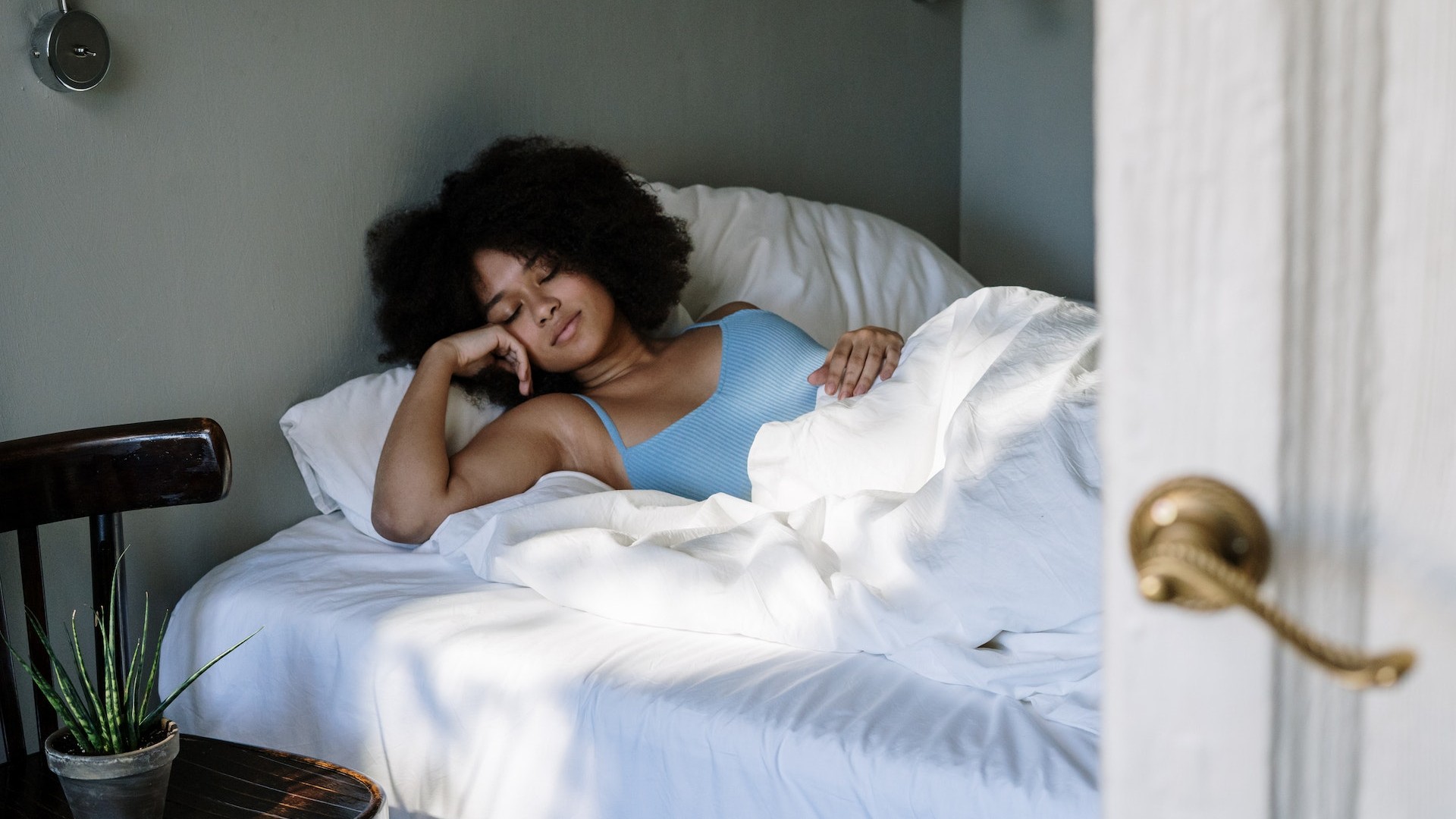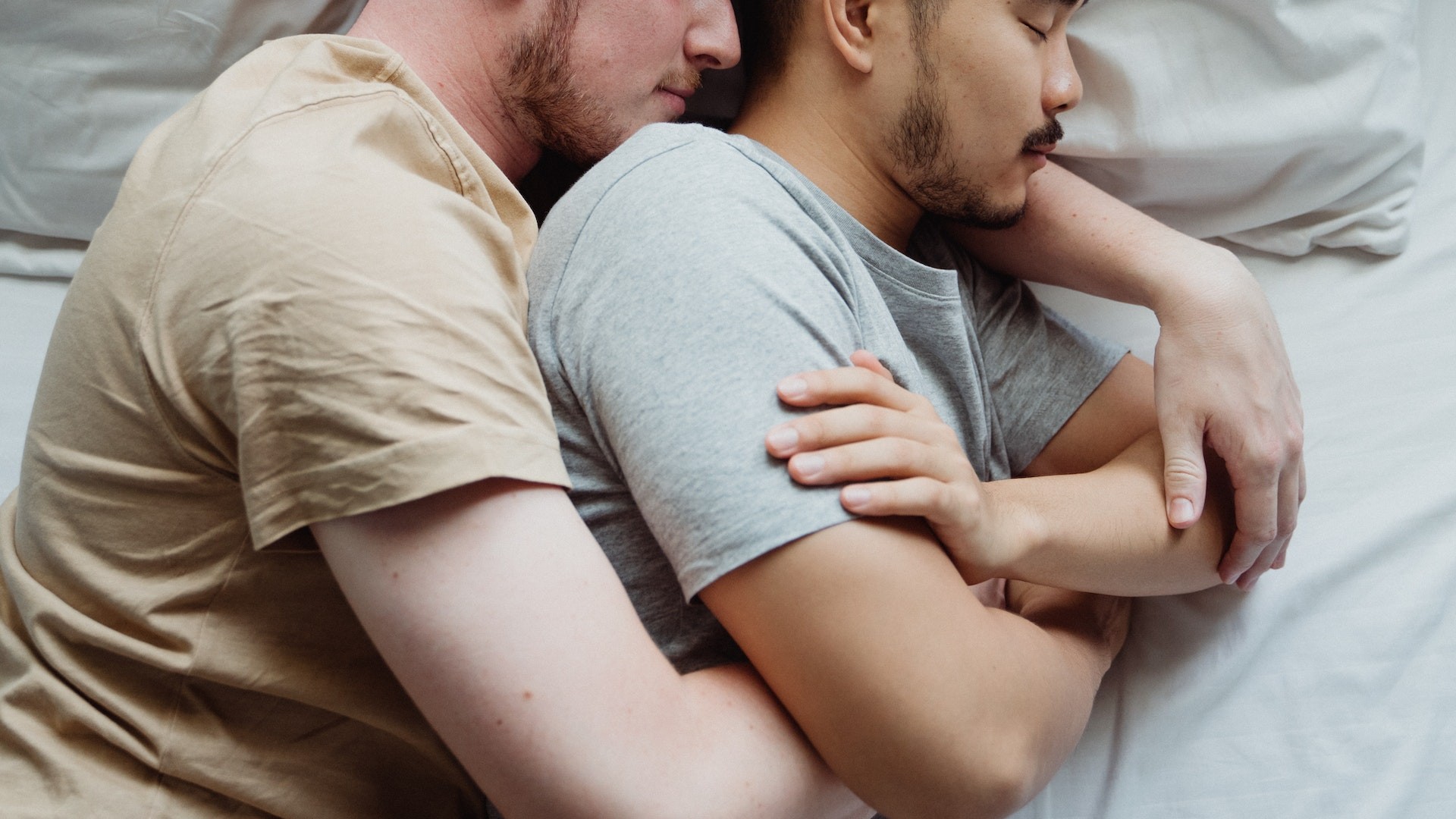Different kinds of sleep noise debunked: understanding white, brown & pink noise
White noise, pink noise & brown noise can help you sleep more deeply. We explain what they are & how to use them...

The phrases 'white noise', 'pink noise' and 'brown noise' sound like nonsense: how can noise have a colour? So, you may be surprised that rather than marketing buzz-phrases, they're actually proper scientific terms.
So what do they mean, exactly? In this article, we'll help you understand the science behind noise, how it can help you sleep, and which 'colour' of noise might be best suited to your sleep needs.
P.S. If you want to get a better night's sleep, invest in the best mattress and the best pillow for the best comfort and support around.
What is white noise?
Sound happens when air molecules are made to vibrate. The word 'noise' means lots of sounds happening at once. In other words, air molecules are vibrating across a broad range of frequencies.
White noise occurs when air molecules are vibrating across all of the frequencies a human can possibly hear (about 20Hz to 20,000Hz) and these are distributed equally. This makes it analogous to white light, which gives equal power to all frequencies of visible light, hence the name.
How does white noise help you sleep?
You might think of 'noise' as something that's more likely to keep you awake than help you sleep. But there's a difference between sudden, unexpected noise (which is very likely to wake you) and the constant white noise of, say, a whirring fan, an air conditioner, or the static on an untuned radio or TV.
People tend to find this type of noise calming because, by covering all available frequencies, it blocks out other, unexpected sounds, creating a more relaxing environment for sleep. This can make white noise helpful if you live in a noisy, unpredictable environment, prone to sudden noises from nearby traffic, passers-by, or a snoring partner.
White noise machines create a pure form of white noise, and there are also many white noise apps available for your smartphone and tablet too. Using earplugs like the best sleep headphones or the best noise-cancelling headphones can enhance the effect of white noise and make it easier to fall asleep.
However, everybody's hearing and perception of sound is different, and so some people find white noise too harsh and distracting. For this reason, other 'colours' of noise may be preferable. The most commonly used are pink and brown noise, which we'll look at below.

What is pink noise?
Pink noise is similar to white noise in that it consists of all frequencies we're able to hear; but the energy isn’t equally distributed across them. It’s more intense at lower frequencies, which creates a deeper sound.
Just like white noise, pink noise can mask other sounds and create a more consistent and predictable sound environment, which makes it calming and relaxing. However, it has deeper, more balanced sound with strong bass tones; similar in tone to the 'shhhh' sound we make with our mouths.
That makes pink noise, which can be generated from apps and pink noise machines, a good choice for anyone who find white noise jarring and unsettling, or wants something more relaxing. Two studies, in the Journal of Theoretical Biology (2012) and Frontiers in Human Neuroscience (2017), have found evidence to suggest that pink noise encourages good sleep.
What is brown noise (aka red noise?)
Brown noise is similar to white noise and pink noise, but has an even deeper sound, with stronger bass tones and more emphasis on lower frequencies. That makes it a good option for anyone who's tried white and pink noise, and found them both too jarring.
Brown noise can be created by a variety of sources, including brown noise machines and recordings played on devices like smartphones or tablets.
Slightly confusingly, brown noise is also sometimes called red noise. That's because the brown in the name isn't an analogy to light (like white, pink and red noise), but refers to its similarity to Brownian motion (the rapid movement of particles in a liquid).

What is black noise?
Black noise isn't really a thing, but the phrase is sometimes used to describe an absence of noise: i.e., complete silence. It may also refer to a type of noise that's so low in frequency or intensity that it's not audible to the human ear. Either way, it's not relevant to anyone looking to try to improve their sleep.
What is blue noise?
Blue noise has more intensity at higher frequencies, similar to how blue light has more energy at shorter wavelengths. It sounds a bit like a hissing hosepipe. While it's often used in audio engineering and signal processing, it's not commonly used for promoting sleep because it's quite harsh.
Get all the latest news, reviews, deals and buying guides on gorgeous tech, home and active products from the T3 experts

Tom May is a freelance writer and author of the book, Great Ted Talks: Creativity. He has been editor of Professional Photography magazine, associate editor at Creative Bloq, and deputy editor at net magazine. He has also worked for a wide range of mainstream titles including Radio Times, NME, Heat, Company and Bella.
